What is the Bitcoin Lightning Network, and how does it work?
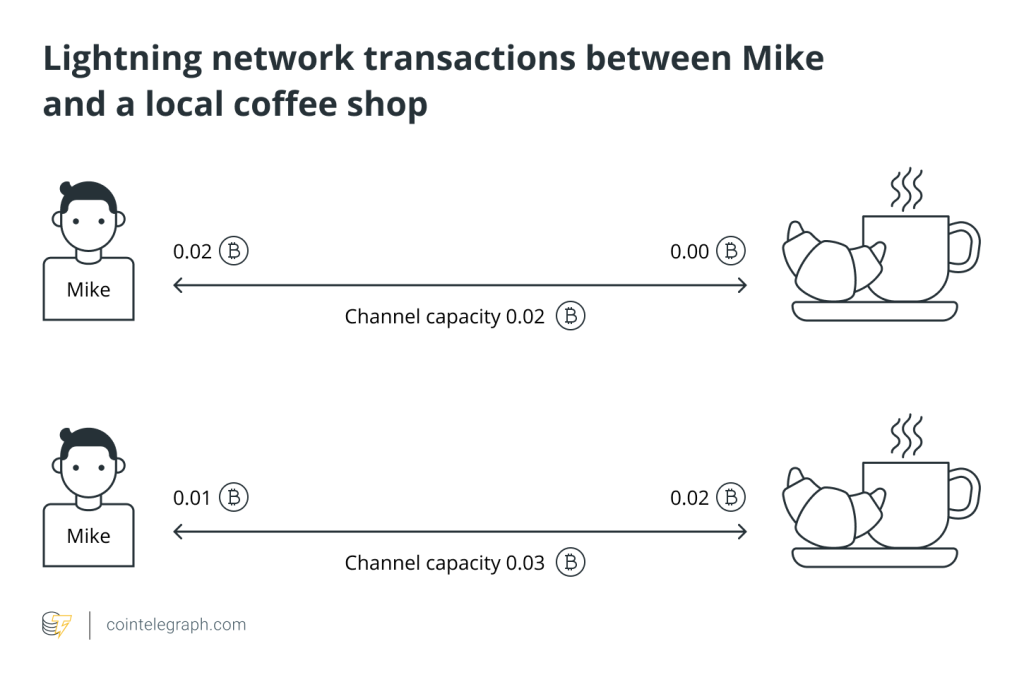

What is the Lightning Network?
Lightning Network is a layer-2 solution on the Bitcoin blockchain. Layer-2 solutions are a key component for scalability in blockchains. Of all layer-2 solutions, Lightning Network is a crucial one owing to its association with Bitcoin (BTC) and its ability to help add utility value to the chain.
Bitcoin was envisioned and created as a peer-to-peer electronic cash system. This meant that users could transfer value without an intermediary. At the time of its inception, the creator(s) of Bitcoin concentrated on these two aspects mainly, without focusing on scalability and transaction throughputs.
While at the initial stages, this wasn’t too much of a hassle, as years unfolded, this proved to be a conundrum. It was commonly known to be the blockchain trilemma where blockchain architects had to find the right balance across decentralization, scalability and security.
Bitcoin has grown into the most decentralized blockchain and is considered quite secure. However, scalability has been a concern for Bitcoin-based transactions. Transactions take anywhere between two minutes to several hours to complete on the Bitcoin network.
This issue has been more pronounced as new blockchains, such as Ethereum and Solana, with better transaction throughput have emerged. Ethereum’s transactions per second (TPS) of 30 is higher than that of Bitcoin’s five per second. Solana takes the comparison to new levels with up to 65,000 TPS.
The rise of scalable blockchains has left chains like Bitcoin and Ethereum with no other choice but to rely on layer-2 solutions. Better transaction throughputs are also fundamental for chains that aspire to have a healthy application ecosystem. User experience on decentralized finance (DeFi) applications can be quickly soured by frictions like low transaction speed and high transaction costs.
As far as Bitcoin is concerned, the most important layer-2 chain is the Lightning Network, which provides four important features, which will be covered in this article.
What is the story behind the evolution of the Lightning Network?
It is essential to appreciate the origins and how the Lightning Network has evolved to what it is today. In February 2015, Joseph Poon and Tadge Dryja got together to solve one of the most pressing issues and vocal points of the Bitcoin ecosystem: the increase in transaction fees.
Taking a cue from Satoshi Nakamoto’s writings on payment channels, the maverick duo started working on decreasing the transaction fees. In January 2016, a detailed white paper was published, and work on the Lightning Network gained traction with more developers starting to collaborate with the duo.
Within a couple of years after the white paper and developer collaboration, Lightning Labs (the company that maintains the Lightning Network) released a beta version for developers to test. This started attracting heavyweights in the tech industry to take notice of the plans of Lightning Labs and the value the layer-2 solution can add to the greater ecosystem.
One of the big names that supported Lightning Labs was the then-CEO of Twitter, Jack Dorsey, with plans to integrate the Lightning Network with Twitter. Finally, 2020, the year of the COVID-19 pandemic, was a milestone year for the Lightning Labs team, which saw marquee releases with features such as Keysend and Wumbo Channel. Wumbo was a key release that increased the transaction size that can be performed over the Lightning Network.
Currently, the Lightning ecosystem boasts an array of products, projects, solutions and experiments across verticals and functionality that includes, gaming, wallets and payments, node management, infrastructure and rewards. A few noteworthy features and products built over the Lightning Network are as follows:
- Loop: Loop allows users to make a Lightning transaction to an on-chain Bitcoin address or send on-chain Bitcoin directly into a Lightning channel.
- Pool: Pool helps manage the liquidity needs of the Lightning Network user.
- Taro: Taro helps issue or mint assets on the Lightning Network.
- Faraday: Faraday is a data analytics tool that helps node operators optimize channels and the flow of funds.
With new projects being developed and several big names backing Bitcoin and Lightning Network, this ecosystem is turning into one of the most thriving ones in the crypto world.
How does the Lightning Network work?
As briefly stated above, the Lightning Network leverages the concept of payment channels as stated by the legendary Satoshi Nakamoto. The protocol enables the creation of a peer-to-peer payment channel between two parties.
Once established, the channel allows the transacting parties to send an unlimited amount of transactions that are nearly instant and inexpensive. It acts as its own little ledger for users to pay for even smaller goods and services, such as coffee, without affecting the Bitcoin network.
To create a payment channel, the payer must lock a certain amount of Bitcoin onto the network. Once the Bitcoin is locked in, the recipient can invoice amounts of it as they see fit. If the customer wants to keep the channel open, they can choose to add Bitcoin consistently.
By using a Lightning Network channel, both parties can transact with each other. When contrasted to ordinary transactions on the Bitcoin blockchain, some transactions are handled differently. For instance, when two parties open and close a channel, they are only updated on the main blockchain.
The two parties can transfer funds to each other indefinitely without informing the main blockchain. As all transactions on the layer-2 protocol do not need to be approved by all nodes, it substantially speeds up transactions.
Lightning Network nodes capable of routing transactions are formed by combining individual payment channels between the concerned parties. Therefore, the Lightning Network is the outcome of many payment channels being linked together.
Eventually, when the two parties decide to finish transacting, they can close the channel. All of the channel’s transactions are then consolidated into one transaction, which is sent to the Bitcoin mainnet to be recorded. Consolidation ensures that many small transactions do not clog the network at once.
Aggregating them into one transaction takes less time and effort for nodes to validate. Without payment channels, smaller transactions get in the way of bigger ones, congesting the network and increasing the validation workload of nodes.
For example, if Mike goes to a local coffee shop every day and wants to pay in Bitcoin, he could choose to make a small transaction for each coffee cup, but due to Bitcoin’s scalability issues, the transaction can take over an hour to validate. Mike will also have to pay the Bitcoin network’s high fees, even though he’s making a tiny transaction.
Small transactions work with traditional payment methods like a card because companies such as Visa have the infrastructure to process more than 24,000 TPS. In contrast, Bitcoin, on a regular day, can validate seven transactions per second.

With the Lightning Network, Mike can open up a payment channel with the coffee shop. Each coffee purchase is recorded within that channel, and the shop still gets paid. The transaction is cheap or possibly even free, as well as instant. When Mike’s Bitcoin deposit in the channel runs out, he can choose to either close the channel or top it up. When a channel is closed, all of its transactions will then be recorded to the main Bitcoin blockchain.
The Lightning Network creates a smart contract between two parties. The agreement rules are coded into the contract upon creation and cannot be broken. The smart contract’s code also ensures that contract fulfillment is automatic, as contracts are initially made with preset requirements that all participating parties agree with.
Once those requirements are met and when a customer pays the correct amount for a coffee, the contract is automatically fulfilled without third-party involvement. The Lightning Network anonymizes transactions within a payment channel once validated. All anyone can see is the total transfer of value, not the individual transactions within it.
It is entirely possible to conduct transactions without any restrictions outside of the blockchain. Off-chain transactions can be trusted to enforce the blockchain, considering they end up on the mainnet once payment channels are closed. The mainnet is the arbiter of all transactions. While off-chain protocols have their own ledger, that ledger always integrates back onto the main chain, which is core to the Lightning Network’s design.
Tangible advantages of the Lightning Network
On its official website, the Lightning Network explains it as “leading technological development in multiparty financial computations with Bitcoin.” The Lightning Network provides the following advantages over the native Bitcoin blockchain.
- Scalability
- Speed
- Micropayment support
- Low energy requirements.
The lack of scalability has been one of the most talked about features as far as the Bitcoin blockchain was concerned. The addition of each block for every transaction severely hampered the scale of the network. The Lightning Network solves this by taking the transactions off the blockchain, bearing in mind security and anonymity considerations.
Furthermore, as transactions are taken off the main blockchain and carried on in layer-2 blocks, they are much faster and more efficient. Transactions are performed through a two-party consensus mechanism known as a payment channel. This makes the Lightning Network one of the key components of the Bitcoin ecosystem.
The Lightning Network also facilitates swift micropayments. Bitcoin imposes a minimum transaction output that is more than 100 times higher than the Lightning Network. Fast micropayments are the future of Web3 applications like gaming, and achieving this use case is extremely important for the usability of the chain.
Fast micropayments are made possible by the Lightning Network; however, they are only viable if these micropayments can be performed at very low transaction fees. A lack of efficient transaction processing often leads to the blockchain losing market share to its competitors.
The DeFi ecosystem on Ethereum had noticeable friction in 2021 when gas fees increased due to explosive growth of the chain. As a result, the Ethereum ecosystem had to rely on layer-2 solutions like Polygon and Immutable X to achieve transaction efficiencies. This was also the time when competitors like Solana and Avalanche gained momentum and market share.
Last but not least, considering the transactions are taken off the chain, the Lightning Network reduces the energy required to operate nodes. This has significant implications from a sustainability perspective as the energy requirement to support those transactions is lower than if they had been performed on the Bitcoin network.
Bitcoin has been receiving criticism from environmental, social and governance (ESG) investors who look for good energy credentials with their investments. By reducing the energy footprint and taking the bulk of the transactions off the Bitcoin blockchain, the Lightning Network helps Bitcoin’s credentials from an ESG perspective, too.
Potential drawbacks and risks of the Lightning Network
Despite adding a key dimension to enhance Bitcoin Network’s capabilities across the blockchain trilemma, the Lightning Network is not without its downsides. The key issues are the following.
- Cost and friction in getting onto the Lightning Network
- Counterparty risk during transactions
- A lack of functional scalability.
While the Lightning Network brings transaction efficiencies once payment channels are created between the sender and the receiver, the process of setting up the channel is cumbersome. Users will need to move funds onto the Lightning Network and lock them into a channel. The process of moving the funds onto the Lightning Network is expensive.
Once the funds are locked into the channel and transactions between the two parties begin, funds are still at risk. Funds can either get stuck on the channel due to technical issues or the counterparty may choose to close the channel if the user goes offline and take the funds. These offline risks are being mitigated by watchtowers and Lightning service providers. But that adds a vector of centralization to the network.
So far, there has been no foolproof solution to the counterparty risk that a user is exposed to on the Lightning Network once the channel is open. The Lightning Network also has a more functional limitation.
Due to the very nature of the payment channels being just between two parties, it is not seamless. As a result, a business that wants to pay or transact with multiple counterparties will need to open channels for each one of them and manage them individually. By the very nature of the setup, the business would also be exposed to counterparty risk on each of those channels.
What is the future of the Lightning Network?
Few layer-2 solutions have created as much buzz as the Lightning Network. Usage statistics highlight growth on the network, yet these statistics are relatively modest when compared to those of even the newest layer-2 chains on Ethereum. However, Lightning Labs is steadily developing its ecosystem for the future.
As a result, the adoption of the Lightning Network has been on the rise. According to 1ml.com, an analytics app on the Lightning Network, there is over 5,400 BTC worth $145 million locked into the Lightning Network. There are nearly 16,400 nodes and 75,700 channels being used, and yet, the average transaction costs 0.0016 satoshis ($0.000000443), making it extremely viable for microtransactions.
Unlike the initial days of the Lightning Network, there are a handful of wallets that support it, and they are mobile-friendly as well. Breez, Wallet of Satoshi and Eclair are some wallets that both Android and iOS users can benefit from to transact on Lightning Network.
As mentioned earlier, Lightning labs has expanded the toolkit needed for the developer and user ecosystem on the network. As a result, there are applications across DeFi, liquidity providers, nonfungible tokens (NFTs) and gaming similar to those on the Ethereum blockchain emerging on Lightning Network, too.
Cryptocurrency exchanges are also starting to support the protocol, bringing the Lightning Network to as many traders as possible. Exchanges that integrate the Lightning Network allow traders to withdraw smaller amounts of Bitcoin cheaply and instantly.
Network stewards, called Watchtowers, protect users from being scammed. Offline transaction scams happen on payment channels when nodes go offline. If the counterparty attempts to close the payment channel to take the funds, the Watchtower detects it, freezes the funds of the offline node, and penalizes the malicious party.
There is no lack of challenges that the Lightning Network faces. Yet the ecosystem is slowly starting to be built out for robustness, scalability and potentially more user-intuitive experiences for the future.

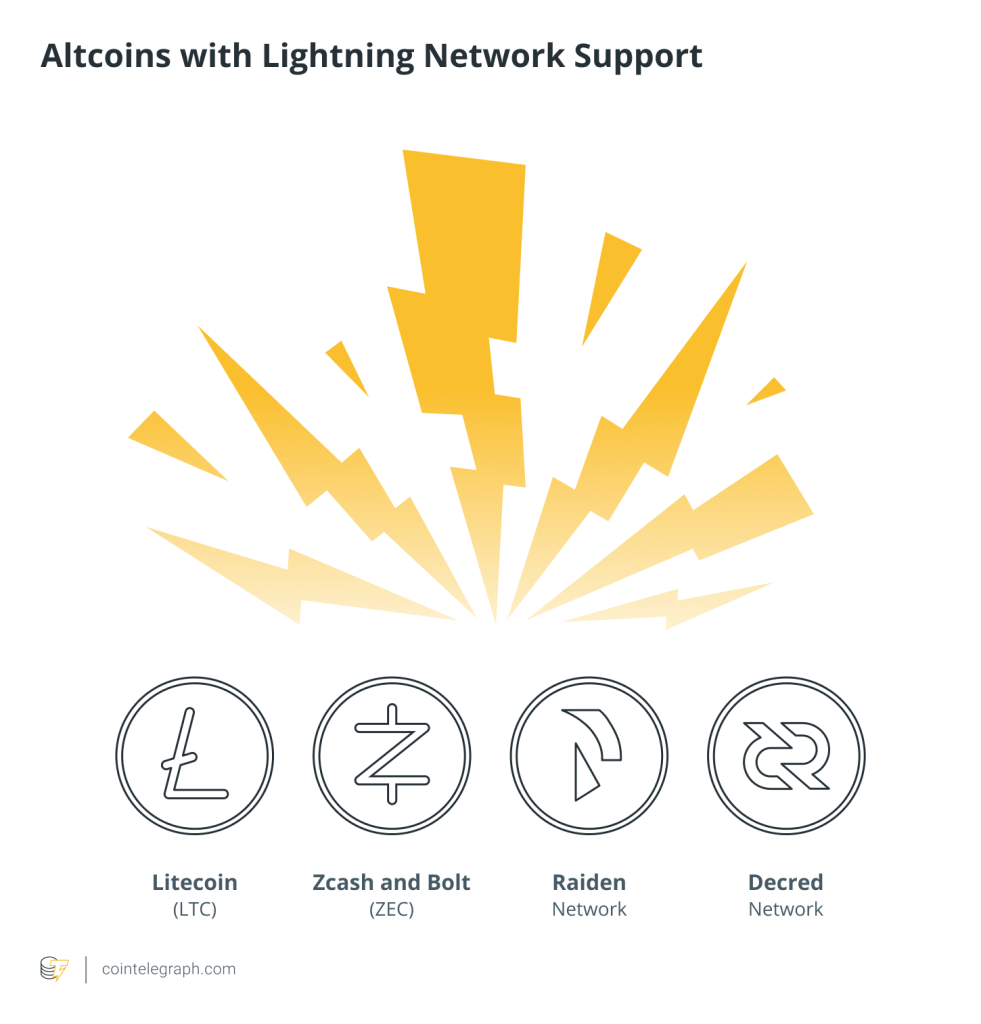
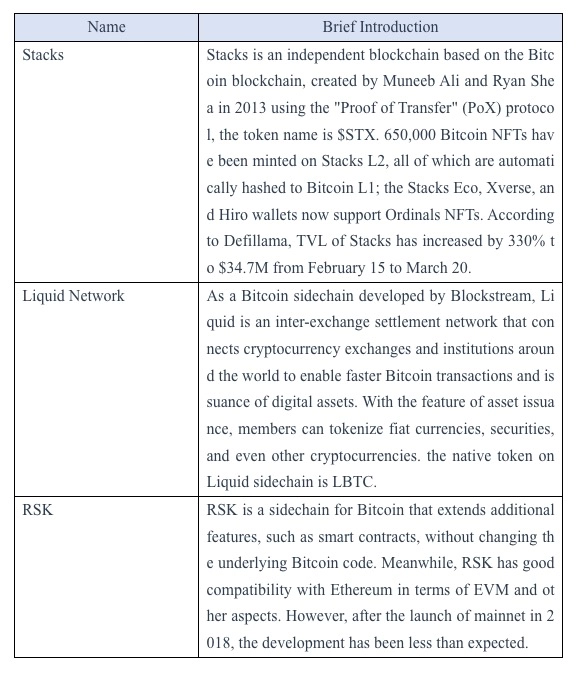
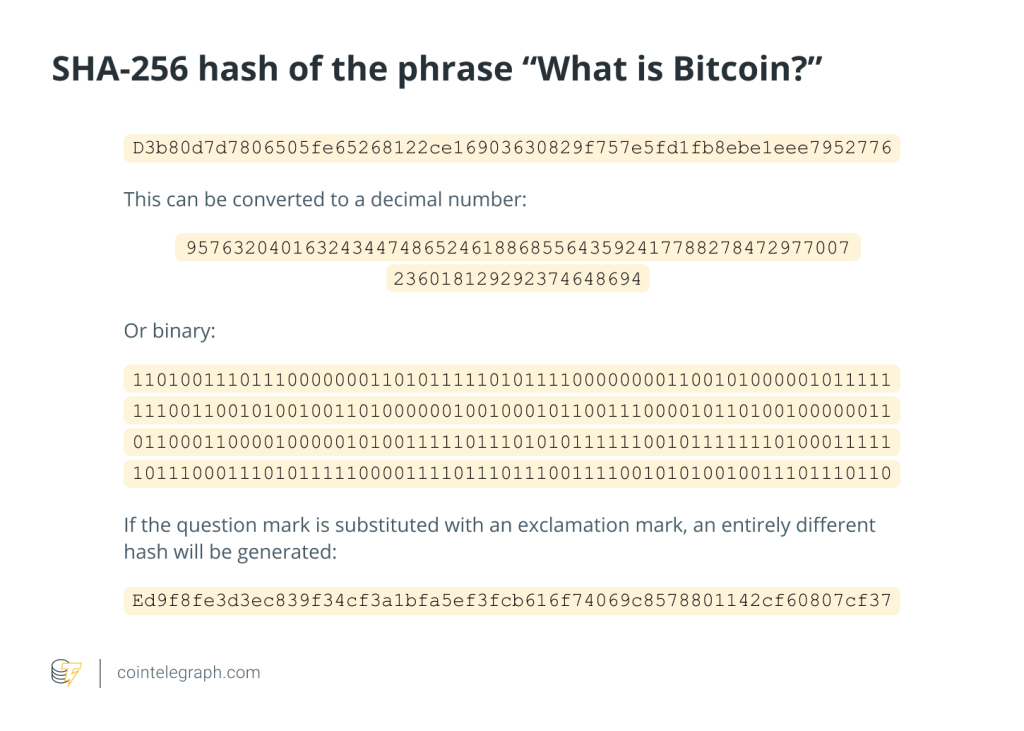

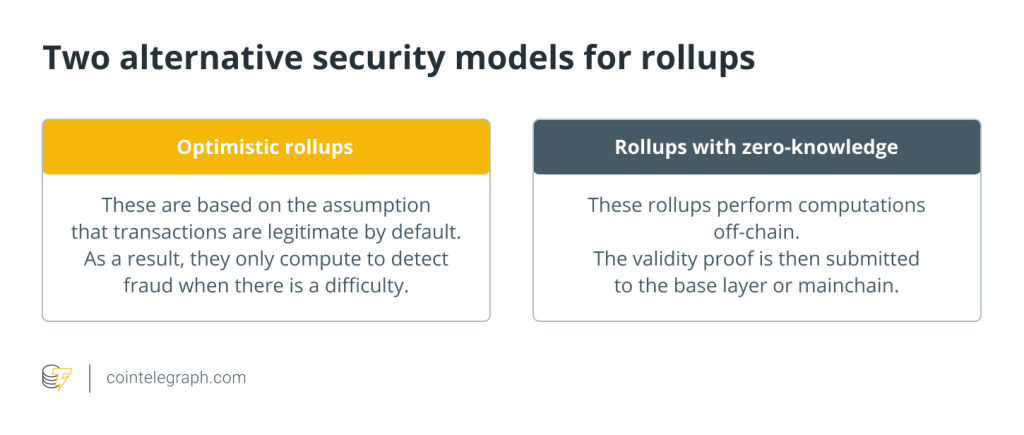
… [Trackback]
[…] Read More to that Topic: x.superex.com/academys/beginner/2489/ […]
… [Trackback]
[…] Find More on that Topic: x.superex.com/academys/beginner/2489/ […]
… [Trackback]
[…] Read More on that Topic: x.superex.com/academys/beginner/2489/ […]
… [Trackback]
[…] Info on that Topic: x.superex.com/academys/beginner/2489/ […]
… [Trackback]
[…] Find More on that Topic: x.superex.com/academys/beginner/2489/ […]
… [Trackback]
[…] Read More on that Topic: x.superex.com/academys/beginner/2489/ […]
… [Trackback]
[…] Info on that Topic: x.superex.com/academys/beginner/2489/ […]
… [Trackback]
[…] Find More Information here on that Topic: x.superex.com/academys/beginner/2489/ […]
… [Trackback]
[…] Find More on that Topic: x.superex.com/academys/beginner/2489/ […]
… [Trackback]
[…] Find More on on that Topic: x.superex.com/academys/beginner/2489/ […]
… [Trackback]
[…] Find More Information here to that Topic: x.superex.com/academys/beginner/2489/ […]
… [Trackback]
[…] There you will find 17620 more Info to that Topic: x.superex.com/academys/beginner/2489/ […]
… [Trackback]
[…] Read More on that Topic: x.superex.com/academys/beginner/2489/ […]
… [Trackback]
[…] Information to that Topic: x.superex.com/academys/beginner/2489/ […]
… [Trackback]
[…] Find More on on that Topic: x.superex.com/academys/beginner/2489/ […]
… [Trackback]
[…] Information on that Topic: x.superex.com/academys/beginner/2489/ […]
… [Trackback]
[…] Find More here to that Topic: x.superex.com/academys/beginner/2489/ […]
… [Trackback]
[…] Read More on that Topic: x.superex.com/academys/beginner/2489/ […]
… [Trackback]
[…] Info to that Topic: x.superex.com/academys/beginner/2489/ […]